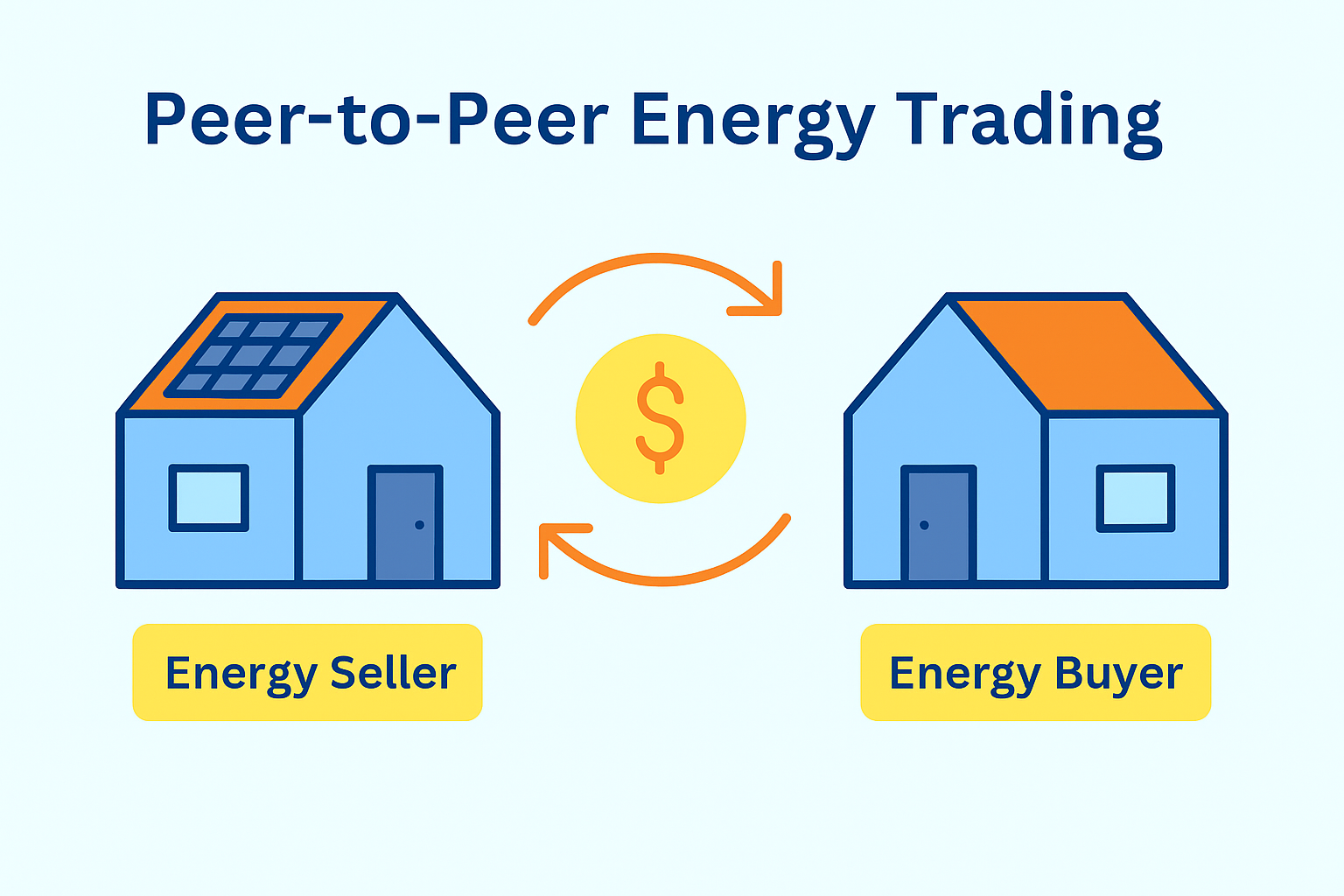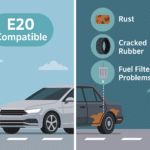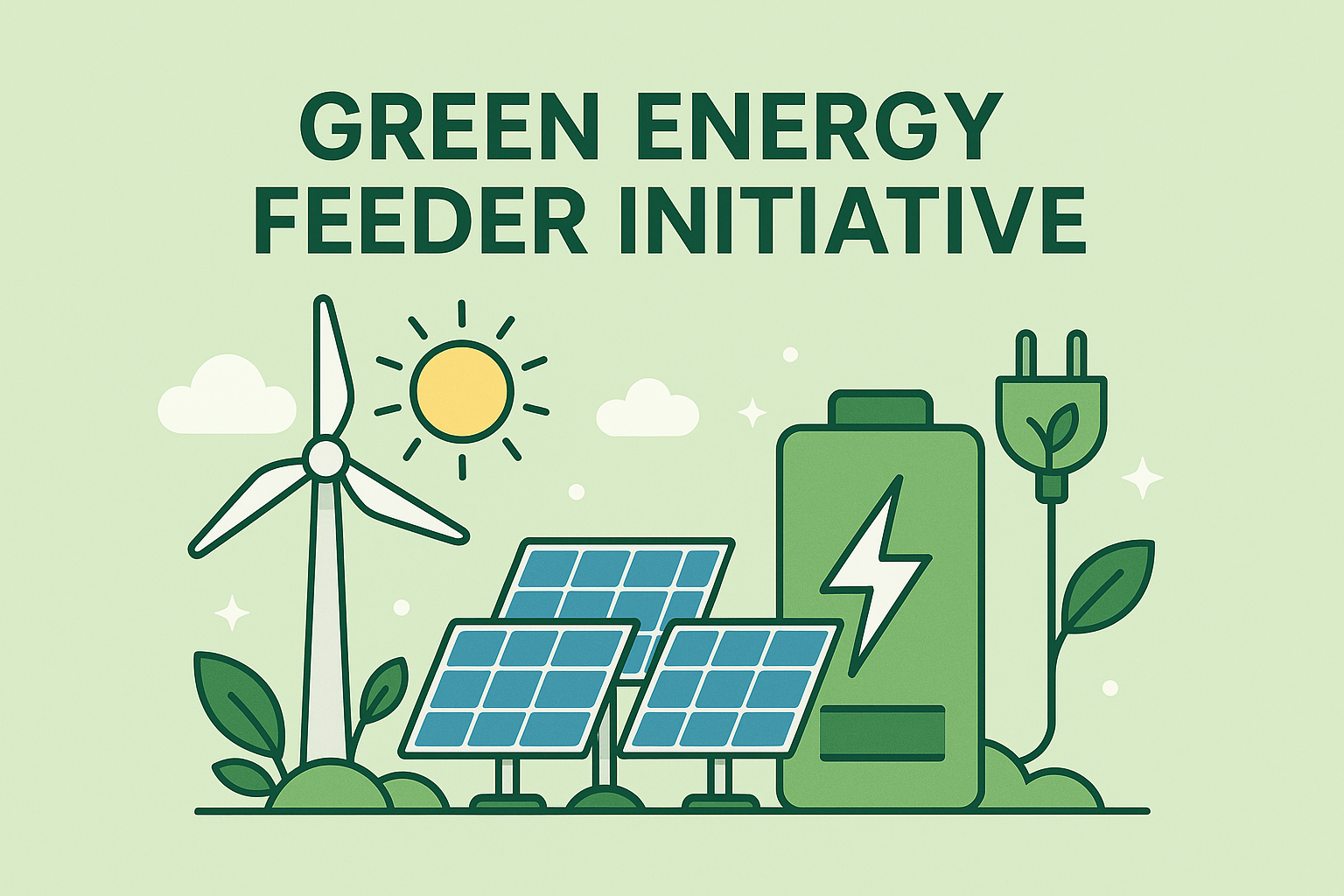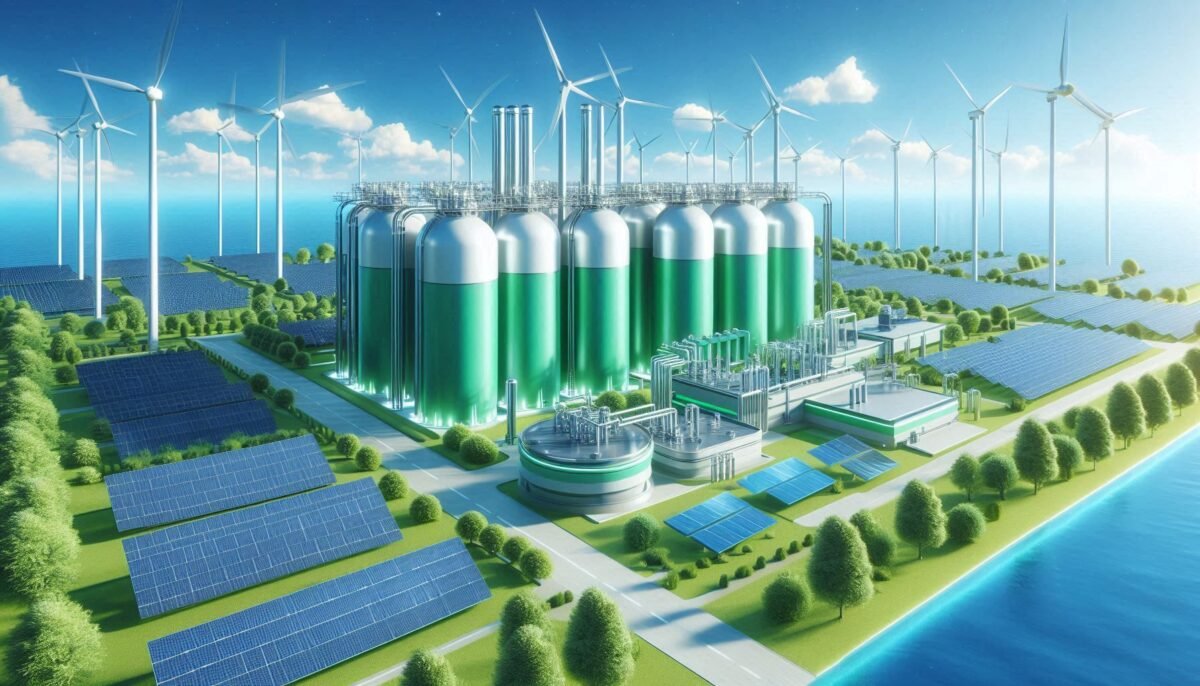In a major milestone for India’s green hydrogen ambitions, Adani New Industries Ltd. (ANIL) has commissioned the country’s first off-grid, 5 MW green hydrogen production plant in Kutch, Gujarat. This development marks a shift from conventional grid-connected renewable projects toward decentralized, self-sustaining energy systems—with hydrogen at the core.
Key Highlights of the Project
| Feature | Details |
|---|---|
| Capacity | 5 MW solar-powered electrolyser |
| Technology | Off-grid system with integrated Battery Energy Storage System (BESS) |
| Location | Kutch, Gujarat |
| Hydrogen Output | ~2 tons per day of green hydrogen |
| End-use | Mobility, green ammonia, methanol, and future export pathways |
This fully autonomous plant operates independently of the power grid, leveraging solar PV and BESS to power electrolysis round the clock, even when sunlight is not available.
Technology & Innovation
This installation marks India’s first closed-loop, solar-powered electrolyser system, featuring real-time synchronization between solar generation and the electrolyser, battery buffering to smooth out renewable intermittency, and advanced automation with smart controls for dynamic load management. Designed as a proof of concept, the project serves as a strategic pilot for Adani Group’s envisioned large-scale hydrogen hubs, particularly the upcoming Mundra Hydrogen Ecosystem, which is set to play a pivotal role in India’s green industrial transition over the next decade.
Strategic Relevance to India’s Hydrogen Mission
This off-grid model directly aligns with India’s National Green Hydrogen Mission, which aims to produce 5 million metric tonnes per annum (MTPA) of green hydrogen by 2030.
Policy alignment:
- Supports decentralised production in solar-rich zones
- Reduces transmission burden on central grids
- Paves the way for captive hydrogen systems for industry, mobility, and agriculture
This initiative reinforces India’s shift from centralized fossil systems to modular, renewable-driven, and export-ready hydrogen systems.
Global Context & India’s First-Mover Advantage
Globally, off-grid hydrogen systems are gaining traction in Australia, the Middle East, and the EU, particularly for remote applications and green industrial clusters.
India’s pilot positions it as a first mover in decentralized hydrogen, offering three key advantages:
- Scalability: Can be replicated in RE-rich areas like Rajasthan, Tamil Nadu, and Ladakh.
- Export-readiness: Lays foundation for ammonia/methanol exports via ports like Mundra and Kandla.
- Technology localization: Enables domestic learning in electrolyser integration, control systems, and hybrid asset management.
Challenges Ahead
While promising, such projects face several challenges that must be addressed to enable large-scale replication. These include the high capital costs associated with electrolysers and battery storage systems, low capacity utilization stemming from the inherent variability of solar power, and limited domestic manufacturing capabilities for critical components such as electrolyser stacks and PEM membranes. To overcome these barriers, robust policy support will be essential—particularly in the form of green hydrogen credits, viability gap funding (VGF), and access to concessional financing—to ensure the financial viability and scalability of decentralized green hydrogen models across the country.
Conclusion
Adani’s Kutch project is more than a demonstration—it’s a signal of market readiness and policy foresight. It shows that green hydrogen need not wait for the grid—it can start where the sun shines strongest, with the right mix of innovation, intent, and infrastructure.

















